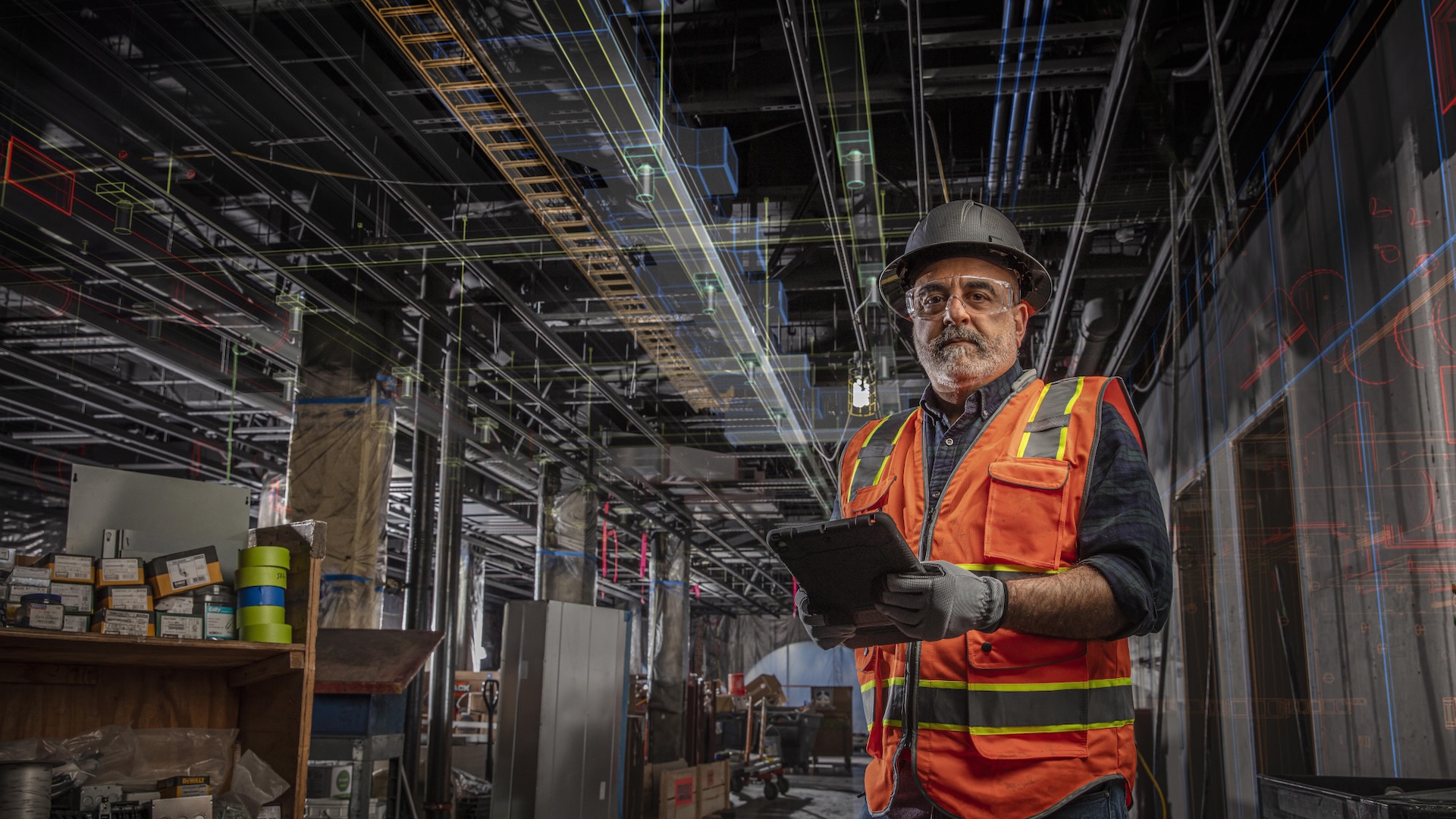Introduction
In a city growing as quickly as Austin, maintaining high standards in building practices is essential. The Austin construction industry operates under strict guidelines to ensure that every project is not only structurally sound but also safe for workers, residents, and the community. By prioritizing quality craftsmanship and rigorous safety measures, Austin construction companies are helping to build a city that is strong, sustainable, and secure.
The Importance of Quality Standards in Austin Construction
Quality in Austin construction is more than just meeting basic requirements — it’s about creating buildings and infrastructure that last for decades while meeting the needs of a diverse and growing population.
Durable Materials and Skilled Craftsmanship
Leading Austin construction companies select high-quality materials and employ skilled professionals to ensure every aspect of a project meets or exceeds expectations.
Compliance with Building Codes
Strict adherence to local and state building codes ensures that Austin construction projects meet legal requirements for safety, energy efficiency, and accessibility.
Safety Regulations That Protect Workers and the Public
Safety is a top priority in Austin construction, with rules and procedures designed to minimize risks during all stages of a project.
OSHA Guidelines and Local Regulations
The Occupational Safety and Health Administration (OSHA) provides a framework for workplace safety, which Austin construction companies follow alongside local safety ordinances.
On-Site Safety Training
From wearing proper protective gear to following safe equipment operation protocols, Austin construction workers receive ongoing training to prevent accidents.
Quality Assurance Processes in Austin Construction
To ensure consistent results, Austin construction companies implement quality assurance processes at every phase.
Regular Inspections
Projects undergo scheduled inspections by internal teams and third-party agencies to verify that standards are being met.
Documentation and Reporting
Detailed records of materials, methods, and safety procedures allow Austin construction firms to track progress and maintain accountability.
Sustainable Quality Standards
In modern Austin construction, quality also means sustainability. Environmentally responsible building practices are integrated into quality standards to meet both performance and ecological goals.
Green Building Certifications
Many Austin construction projects pursue LEED or other green certifications to ensure energy efficiency and reduced environmental impact.
Waste Reduction and Recycling
Job sites are managed to minimize waste, with recycling programs in place for construction materials whenever possible.
The Role of Technology in Maintaining Standards
Advanced tools and software help Austin construction companies uphold quality and safety more effectively.
Building Information Modeling (BIM)
BIM technology enables precise planning, helping identify potential design or structural issues before construction begins.
Real-Time Monitoring
Drones and digital tracking systems allow managers to monitor Austin construction sites in real time, improving oversight and safety compliance.
Benefits of Upholding High Standards
For the city, residents, and the industry, maintaining strict quality and safety standards in Austin construction ensures that projects stand the test of time while minimizing risks.
Community Trust
When Austin construction companies consistently deliver safe, high-quality projects, they build trust with the public and investors alike.
Long-Term Savings
Quality construction reduces the need for repairs and maintenance, providing economic benefits for property owners and the community.
Conclusion
In the fast-paced environment of a growing city, Austin construction standards for quality and safety are essential. By combining skilled craftsmanship, rigorous inspections, advanced technology, and sustainable practices, the industry ensures that every project is built to last and safe for everyone involved. These standards not only protect workers and residents but also contribute to the long-term strength and resilience of Austin’s built environment.
